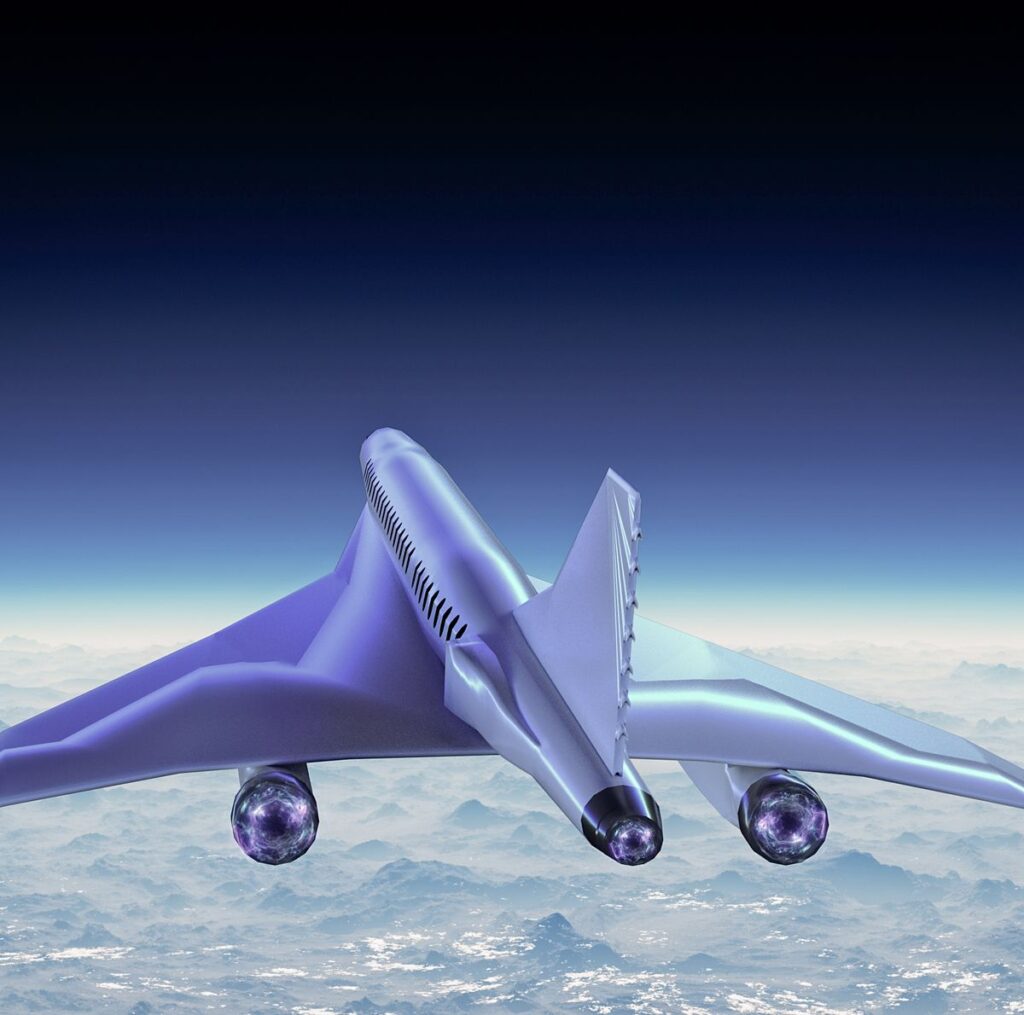
🔥 Introduction
China hypersonic jet is making headlines in the global defense community. Designed with next-generation aerospace technology, this aircraft achieves speeds exceeding Mach 6, making it nearly impossible to intercept with existing air defense systems.
This blog explores the features, technology, speed, and military impact of China’s hypersonic jet 2025, and how it is shifting the balance of power in global military dynamics.
✈️ What is a Hypersonic Jet?
A hypersonic jet is an aircraft capable of traveling at speeds of Mach 5 (6,174 km/h) or higher. Unlike ballistic missiles, these jets can maneuver mid-flight while maintaining extreme speeds.
https://pagead2.googlesyndication.com/pagead/js/adsbygoogle.js?client=ca-pub-7787437288479224
🔑 Key Characteristics:
- ✅ Speed: Mach 5 or higher
- ✅ Stealth: Difficult to detect by radar
- ✅ Maneuverability: Can dodge interception systems
- ✅ Heat Resistance: Uses advanced composite materials
🛰️ China Hypersonic Jet 2025: An Overview
China hypersonic jet is believed to be part of the “Project Divine Eagle”, incorporating scramjet technology, AI-driven navigation, and stealth coatings.
Global Reactions and Strategic Implications
The development of China hypersonic jet has triggered strong reactions globally, especially among major military powers. The United States, Russia, and European nations have expressed concerns about the potential shift in aerial dominance and the challenges posed to existing missile defense systems. Hypersonic jets, by traveling at speeds exceeding Mach 5, significantly reduce the reaction time of enemy defenses, making interception highly difficult.
In response, countries like the USA are ramping up their own hypersonic research programs. The Pentagon has already accelerated its Hypersonic Attack Cruise Missile (HACM) project, and Russia continues testing its Avangard and Zircon hypersonic systems. This arms race in hypersonic technology may redefine aerial combat and defense strategies in the 21st century.
Future Outlook
Looking ahead, China hypersonic jet could be a game-changer in both military and civilian aviation. While military applications are currently the focus, experts predict that hypersonic passenger flights could one day become a reality, reducing global travel times dramatically. However, challenges such as heat-resistant materials, safe human travel at such speeds, and economic feasibility remain to be solved.
As global superpowers continue to develop hypersonic platforms, international regulations and defense treaties may need to evolve to address the risks of accidental conflicts and maintain global stability. The race for hypersonic superiority is no longer science fiction—it is shaping the next era of global defense and aerospace technology.
https://www.csis.org/analysis/hypersonic-weapons-primer
✨ Key Features:
- ✅ Top Speed: Estimated Mach 6 to Mach 8
- ✅ Altitude: Edge-of-space (above 30 km)
- ✅ Range: Over 2,500 km
- ✅ Engine: Scramjet-powered
- ✅ Material: Heat-resistant ceramics and composites
- ✅ Stealth: Low radar cross-section
🔥 Military Capabilities of China’s Hypersonic Jet
➤ First Strike Ability:
- Can penetrate US and NATO missile defense systems.
- Capable of precision strikes on high-value targets like military bases, naval fleets, and radar centers.

➤ Nuclear and Conventional Payloads:
- Can carry both nuclear and conventional warheads.
➤ Real-Time Surveillance:
- Equipped with advanced sensors and AI to conduct surveillan
🌐 Global Reactions & Impact
✔️ United States:
- Rapidly advancing its own hypersonic programs (X-51A Waverider, DARPA’s Falcon Project) in response.
✔️ Russia:
- Sees this as competition to its existing Avangard and Kinzhal hypersonic weapons.
✔️ India & Japan:
- India’s HSTDV project is being accelerated.
- Japan is collaborating with the US on hypersonic defense systems.
⚠️ Geopolitical Implications
- 🔸 Triggers Arms Race: Global powers are increasing budgets for hypersonic defense and offense.
- 🔸 Shifts Diplomacy: Nations may negotiate with China differently based on its military edge.
- 🔸 Civilian Technology Influence: Potential future use in hypersonic commercial travel.
🔧 Technical Challenges
- Thermal Protection: Extreme heat at Mach 6+ requires innovative materials.
- Guidance Systems: Real-time correction at hypersonic speeds is complex.
- Costs: Building and operating hypersonic jets is extremely expensive.
✅ Conclusion
China hypersonic jet 2025 is not just an aircraft — it is a game-changing military technology that could redefine the future of warfare. As superpowers scramble to catch up, the world enters a new era of defense technology where speed, stealth, and precision dominate.
